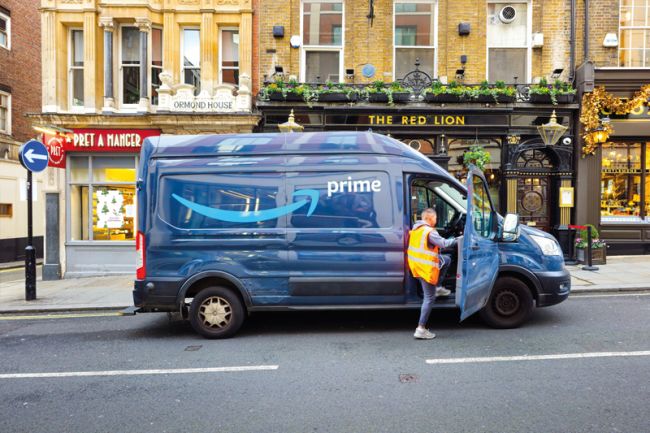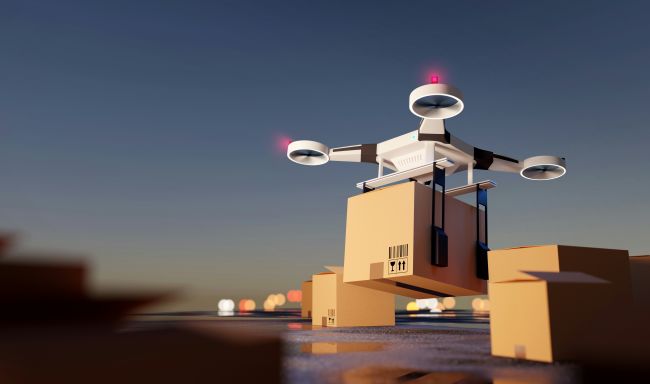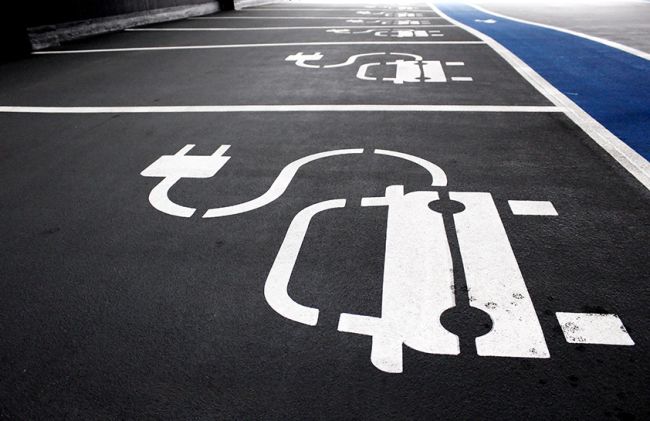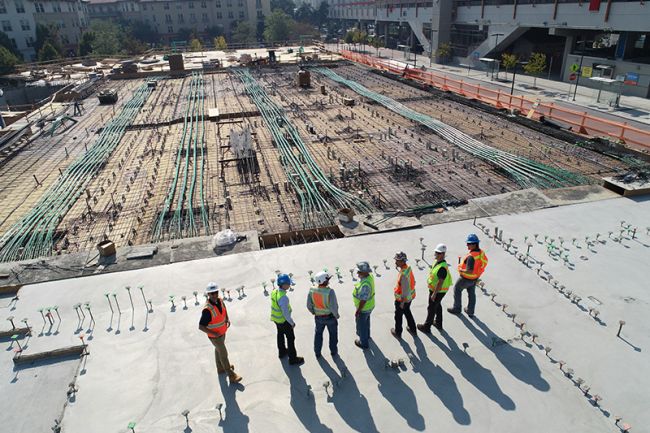The Importance of Process in Planning: the Dublin Transportation Initiative – Part 2: Conduct
This is the second of four pieces that summarise a paper written by Pat Mangan, Jim Steer, and myself.

This is the second of four pieces that summarise a paper written by Pat Mangan, Jim Steer, and myself that appears in the Power of Plans edition of the journal Built Environment. Reporting in 1994, the Dublin Transportation Initiative (DTI) was a land use transport study. Its principal outputs were a long-term strategy and a short to medium term delivery plan for the Dublin city-region, as well as an on-going process for strategy review and development. This piece looks at how the study was undertaken.
The DTI was undertaken in two phases. Phase One was completed in December 1991 and its principal and most far-reaching conclusion was that the primary objective of the next phase had to be to produce an effective ongoing transportation planning process rather than just another one-off study.
Phase Two was undertaken in three stages. Stage 1 established a “Vision for Dublin” and a set of supporting objectives, each of which had criteria to inform the future assessment of strategy options. The vision was supported by extensive market research, public engagement, and social research. A multi-modal transport model was developed and used to examine eight strategic “Themes” which explored the impact of differing possible policy directions. These themes were not embryonic strategies but instead represented a series of distinct policy choices, including demand management, making better use of existing assets, incremental or extended road development, incremental or extended public transport development, and pedestrian, cycling, and traffic management. The themes were tested using three contrasting land use scenarios. Comparing the key policy choices at the "theme" level allowed differences of opinion amongst stakeholders to be confronted. A “Core Strategy” was developed, which comprised the best performing elements of each theme.
In Stage 2, the Core Strategy was taken forward, developed, and refined. An Interim Report was completed in December 1992, 11 months after the study started. There remained, however, particular issues to resolve, including how best to improve access to Dublin Port and what form a radical improvement in public transport should take.
As its solution to the Dublin Port access question, Dublin Corporation strongly advocated for an “Eastern Bypass”, a proposal which south of the city centre included a motorway viaduct across Dublin Bay. Prior to the completion of the Interim Report, the Study Team’s position was that the Eastern Bypass would not offer value for money and its wider implications of creating a motorway ring-road around Dublin fitted poorly the DTI’s established vision and objectives, as well having severe environmental impacts. The Eastern Bypass debate threatened to derail the study’s progress, but political intervention rejected this option and allowed the study to move on, with the eventual recommendation being for what became the Dublin Port Tunnel.
Regarding public transport, the question was about how enhancements to the rail network, a step-change in the priority offered to buses, as well as improvements to its quality, and a new light rail system should be combined such that together, the recommended way forward would result in public transport improvements across the city region, while at the same time being deliverable and affordable.
The Stage 3 work included further public consultation, with the Interim Strategy put forward as a specific draft recommendation to which the public was invited to respond. At the time, this was the largest consultation that had been undertaken in Ireland. The consultation involved extensive market research, community meetings, shopping centre exhibitions, and group discussions. Stage 3 also addressed post-study institutional arrangements and considered questions around enforcement and compliance with traffic laws.
Key success factors:
- Public consultation and engagement were front and centre in the development of the Strategy. The consultation activity showed widespread public support for a change of policy direction – a much greater role for public transport, a more pedestrian and cycle friendly streetscape and opposition to inner city road building
- The study was seen to be ‘open’. In addition to the formal consultation and engagement process there was a willingness to engage with the public and the media, with specialist advice on hand to help with the latter. There was regular engagement with elected members and business representatives, trade unions and representatives of civic society.
- The “strategic choice” approach was used to structure deliberative consideration of strategy options. This included the definition of a set of “decision areas” that set out the central choices that had to be made and provided the framework for the interpretation of the findings of the transport modelling and multi-criteria analysis.
- When needed, there was political direction. A feature of the deliberative process is that there were disagreements on some elements of the strategy, most notably on the need or otherwise for an Eastern Bypass. Political intervention allowed the study to move forward when in November 1992 as the Interim Report was being concluded, the Government decided not to proceed with the Eastern Bypass.
Mangan P., Steer J. and Chadwick N. (2022) The Importance of Process in Planning: the Dublin Transportation Initiative Built Environment 48(4)
























